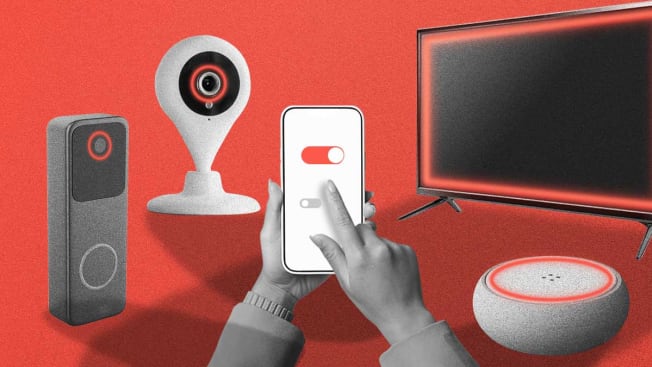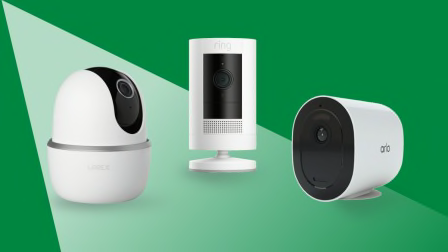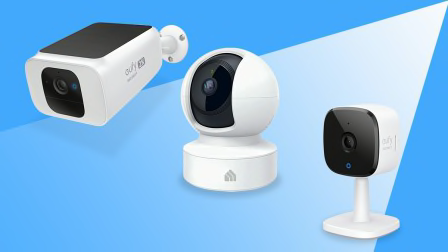Your Smart Devices Are Trying to Manipulate You With ‘Deceptive Design’
Tricky interfaces in smart speakers, internet TVs, and other devices can nudge users into giving up privacy, security, and even their money

If you’re looking for a free movie or show on an Amazon Fire TV, you might have to navigate an obstacle course.
A good chunk of the platform’s home screen is devoted to content that’s available only if you pay $139 a year for a Prime subscription. Even though it only takes a second or two to scroll past the rows of subscriber-only options, their top-shelf placement turns every movie search into a subtle nudge to sign up for a Prime account.
Experts call designs like these “deceptive design” because they can push users toward decisions they might not otherwise make, such as signing up for an expensive subscription.
At first glance, many examples of deceptive design seem like mere annoyances. One common trick, for example, is to display a preselected check box that subscribes you to marketing email unless you untick it. Worst case outcome: more spam email.
But under the mildly irritating surface, there’s potential for real harm. Nudges toward pricey subscriptions or away from options to keep your data private help companies make money at your expense.
New Rules to Curb Deceptive Design
When dark-pattern prompts are stacked on top of each other, the pull on consumers can be even stronger than when they appear individually, according to the Federal Trade Commission and the UK’s Competition and Markets Authority.
The stacking effect was on display in a 2021 study in which researchers at the University of Chicago made up an identity protection service and offered it to three groups of online survey takers. The three cohorts were solicited using no deceptive design, mildly deceptive design, and aggressively deceptive design. They found that compared with the no-dark-pattern group, the mild nudging doubled signup rates and the additional aggressive pushes quadrupled them.
“One nag in isolation is easy to ignore,” Gunawan says. “But it’s simple math to see how a constant barrage of nudges adds up to consumers’ disadvantage.”
Lawmakers and regulators are paying increasing attention to deceptive design, but they’re still playing catch-up. A bipartisan bill barring big tech companies from manipulating users through user interface design tricks died in a previous session of Congress and hasn’t been reintroduced. The Federal Trade Commission has taken action against several companies for misleading design, including Vonage and Fortnite.
The FTC is currently investigating Amazon for allegedly making it too cumbersome to unsubscribe from Prime. Just last month, the agency proposed new rules that would require companies to make it just as easy to unsubscribe as it is to subscribe. “The proposal would save consumers time and money, and businesses that continued to use subscription tricks and traps would be subject to stiff penalties,” Lina Khan, chair of the FTC, said in a statement announcing the proposed rule.
Some states are moving ahead of the federal government. Draft regulations for a new California privacy law would ban companies from using manipulative design to get consent to use or sell user data. Similar rules in Colorado and Connecticut would also outlaw deceptive design that tricks users into giving up their privacy.
What to Look Out For
While the government chases deceiving design, there are a few things consumers can do to protect themselves. “Head to the settings options provided as soon as you’ve set up a device and configure them to fit your privacy and marketing sensitivities,” Gunawan says. How to get to the settings will differ on every device, but if there’s a companion app or website, you might find them with your account details. Pay particular attention to settings that have to do with your privacy and data security.
If you have the time when you’re shopping for a new IoT device, consider how different devices will use your data. To make that job easier, Consumer Reports is working to develop an information box modeled on nutrition labels for IoT devices that can help shoppers make comparisons much more easily.
You might also step back to consider whether the device you’re shopping for needs to be connected to the internet in the first place. A smart speaker won’t work without a wireless connection, but a fridge or a bathroom scale will—and the “dumb” versions won’t try to trick you.




















